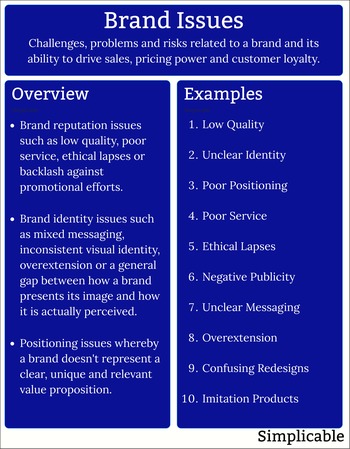
Proposal Win Rate
The total number of proposals that result in a sale expressed as a percentage of the total number of proposals in a period. It is common to only count opportunities that progress to a full proposal with a price quote. For example, a sales team that has 90 opportunities open with 22 that progress to a quote resulting in 7 deals closed has the following win rate.| Proposal Win Rate | = (deals closed / proposals) × 100 |
| = (7 / 22) × 100 | |
| = 31.8% |
Revenue Win Rate
It is also possible to base your win rate on the total revenue of proposals and deals. For example, a team with proposals worth $20 million that result in closed deals of $12 million has the following win rate.| Proposal Win Rate | = (revenue closed / total value of proposals) × 100 |
| = ($12 million / $20 million) × 100 | |
| = 60% |
Advertising Win Rate
An advertising win rate is used to measure your competitive position in buying digital advertising in a marketplace such as a real-time bidding exchange. For example, an advertiser that wins 22,000 impressions with 300,000 bids has the following win rate.| Bid Win Rate | = (ad impressions / bids) × 100 |
| = (22,000 / 300,000) × 100 | |
| = 7.3% |
Notes
In many industries, the average proposal win rate for sales is around 33%. This is because customers typically compare three alternatives before purchasing such that they accept 3 proposals with one winner. As such, a win rate of 50% or higher is a very good result. Firms with dominant products in a product category can enjoy win rates approaching 70%. A monopoly whereby there is essentially no competition for a critical product or service may have win rates exceeding 80%.It is normal for proposal win rate to be inconsistent quarter over quarter as it can be influenced by a single large deal or a large number of low quality opportunities. A win rate can bounce around wildly as revenue is stable. As such, proposal win rate isn't considered a particularly reliable metric for evaluating strategy and performance.| Overview: Win Rate | ||
Type | ||
Definition | The percentage of proposals or bids that result in a win. | |
Related Concepts | ||






























